The Armenia Art Fair of contemporary art was held in Yerevan in late May. Artists from Armenia, the Caucasusian and other regions presented their works, the collectors and art lovers had the chance to buy works of art.
During the event “A Pathway through Modern and Contemporary Armenian Art” – first English book about contemporary art in Armenia – was presented. The author is Iain Robertson, an emerging art market specialist and Honorary Fellow at Sotheby's Art Institute. Nazaret Karoyan, the founder and first president of the Armenian Institute for Contemporary Art, participated in the creation of the book.
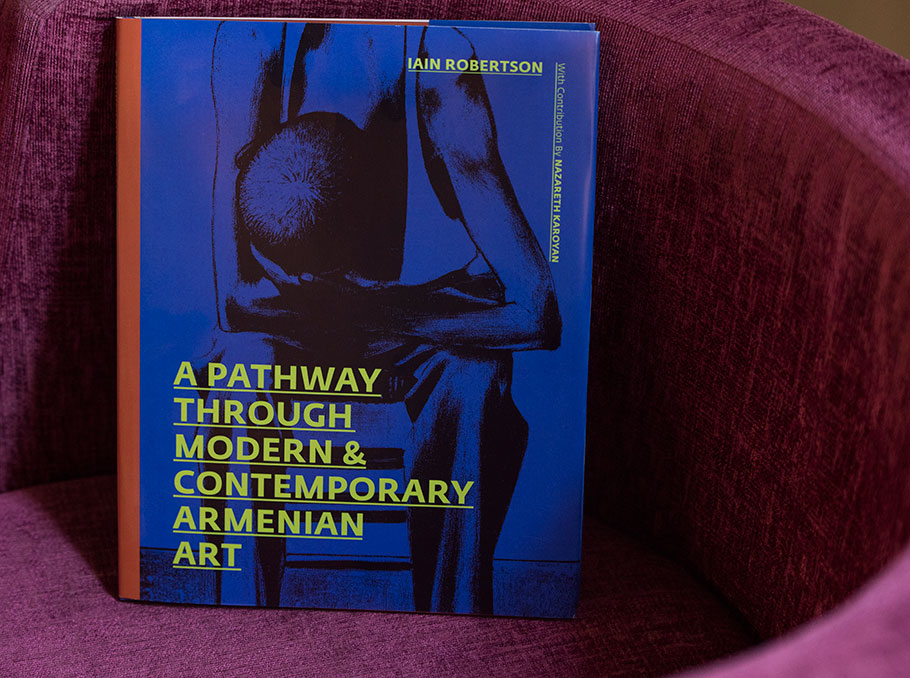
Photo: Mediamax
The illustrated guide was published by the Armenia Art Fair with the support of the Calouste Gulbenkian Foundation. It presents an extensive introduction about the development of Armenian contemporary art, emphasizes its contribution to the latest developments in international modernism and world contemporary art.
“The book does not claim to present an exhaustive list of Armenian artists creating in this era. We hope that it will contribute to the wider public recognition and discussion of Armenian contemporary art, will be the beginning of the creation of more books, will raise the image of Armenian contemporary art as an important player in this international genre,” said Zara Ouzounian-Halpin, co-founder and director of Armenia Art Fair.
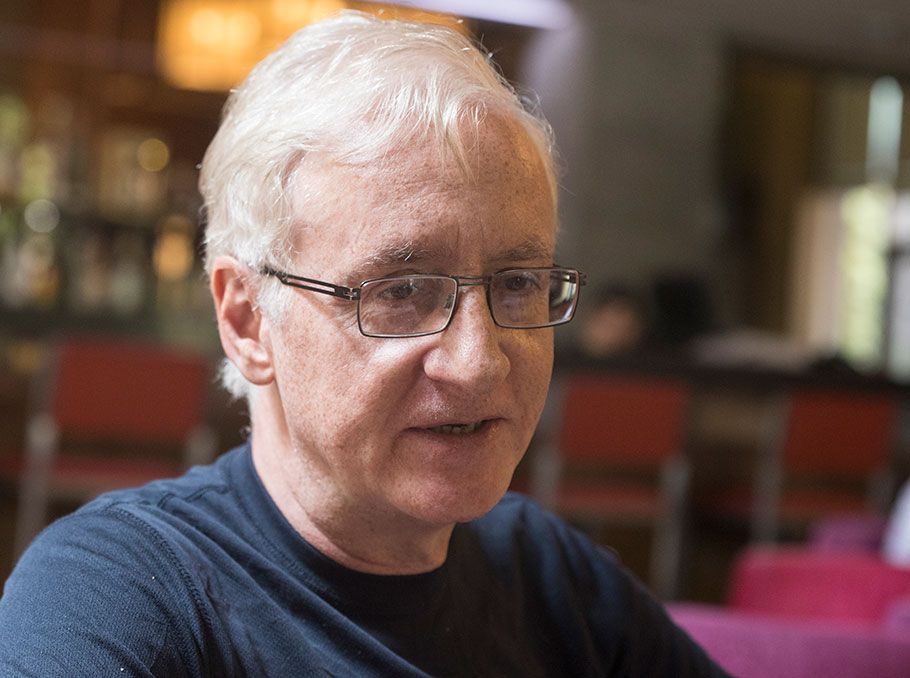 Iain Robertson
Iain Robertson Photo: Mediamax
Iain Robertson first got familiarized with the Armenian art in 2017 at the exhibition of Paul Guiragossian’s works in Lebanon. Then he was invited to deliver a lecture at the Armenia Art Fair.
“I am interested in Armenian art because it is unsystematic and is a very raw material. There are very few materials in English and French in the Armenian art market, they are mainly in Armenian for Armenians. I try to make Armenian art internationally known so that it does not remain a purely Armenian phenomenon. Armenian art has a good quality, content, it is only necessary to consolidate, compile a catalog and take it to the international art market,” Iain Robertson told Mediamax.
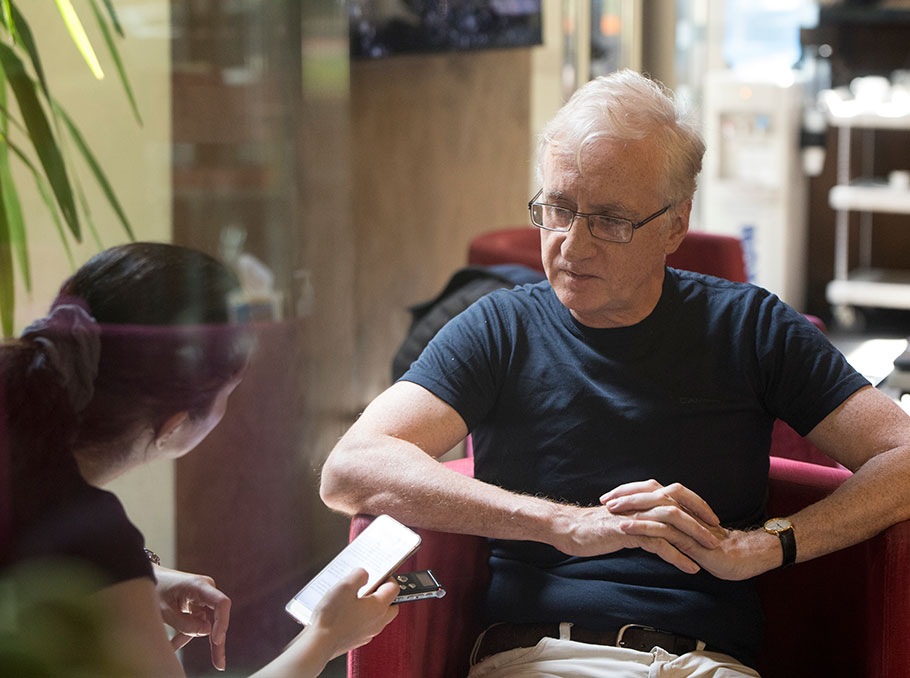 Iain Robertson
Iain Robertson Photo: Mediamax
In separate chapters, the authors presented how the political and social external factors of Armenia influenced the art ecosystem, referred to Armenian art from 1980 to date, Diaspora artists and the path to their recognition. Iain Robertson dedicated an extensive section to the comparison of the works of two Armenian immigrant painters, Paul Guiragossian and Arshile Gorky, and Armenian painters Martiros Saryan and Minas Avetisyan.
The book also touches upon the artists of Armenia and Diaspora who, according to the author, are neglected and forgotten. Iain Robertson says that generally, it is difficult to talk about the differences between the art of artists of Armenia and Diaspora.
“Saryan and Minas Avetisyan were, in fact, Impressionists, their main “tool” was color. There were painters who moved to Armenia from Tbilisi where they had their first school of art. There were artists who lived abroad, missed and strived to the homeland, but were the bearers of the style of the countries they lived in. That is why it is very difficult to speak about the complete image of Armenian interconnected art.”
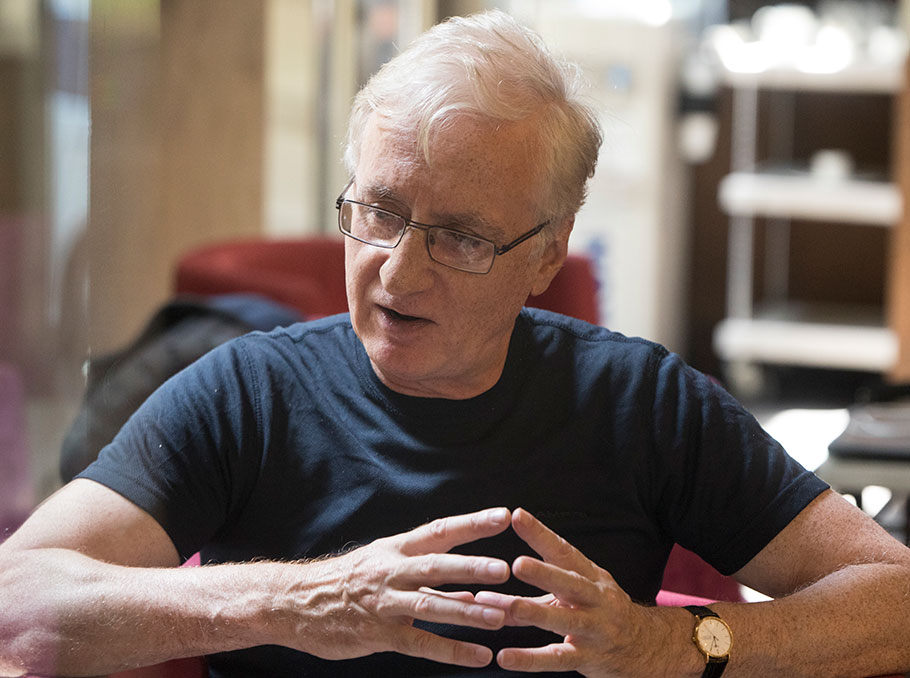 Iain Robertson
Iain Robertson Photo: Mediamax
The guide stresses the special qualities of Armenian contemporary art that makes it different from the art created by other nations and the main modernist tendencies of Western Europe.
Iain Robertson says that in the globalizing world Armenian art is of interest. But it should be served systematically and correctly.
“There are two aspects of Armenian art that strike me. One is the craft aspect, and another is the religious aspect. And that’s overlaid by modernism and modernist. It is very unique in the sense that each artist has his/her own unique way. And this is a big problem for art historians, because it is very difficult to combine so many different artists in one catalog. Followers of some art directions in different countries consolidated around the same aesthetic principles.
In my opinion, it has not happened in Armenia yet, and what we need is to form an interconnected movement.
On the one hand, there are superstars, like Paul Guiragossian, Arshile Gorky. On the other hand, Armenian art has been marginalized, like Hakob Hakobyan’s art. He is a good artist, but he has not been properly represented in the international art market. We need a related exhibition and catalog of Armenian contemporary art, which will clearly present these artists and their achievements.”

Photo: Mediamax
The specialist of emerging art market says that today’s creators have two ways: to study abroad and follow the path of international recognition or to stay in Armenia and be the pioneers of their own art in the Armenian context.
“I like the way that leads to the depths of Armenian culture and allows me to understand its strengths. In that case, you become a real Armenian artist, not an international artist with the Armenian origin. This is the difference. There are many international painters who are Armenian. That, in my opinion, is another problem, because we need Armenian artists.”
Iain Robertson says that they plan to prepare a series of books dedicated to Armenian contemporary art that will include analyses and assessments. The next big goal is a comprehensive exhibition of contemporary art.
“If we manage to conduct the exhibition in Europe or America, we will finally be able to raise the value of Armenian art, both aesthetically and in financial terms, because they are closely connected. Today these works are underestimated and need a lot of support. In this sense, Korea’s example is very successful: in 20 years they managed to create a market for themselves from scratch.
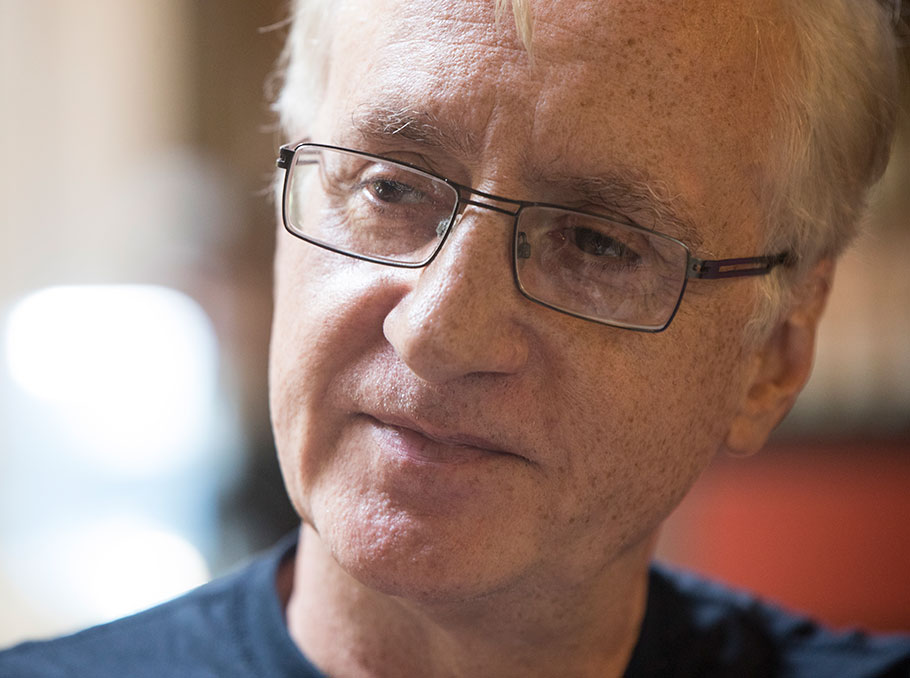 Iain Robertson
Iain Robertson Photo: Mediamax
Iain Robertson is convinced that Armenia needs a new museum of contemporary art, a biennale, but first of all it needs to appreciate and value its own art. He says it is difficult to reach success on that path without the support of the state and investments.
Lusine Gharibyan
Photos Emin Aristakesyan
















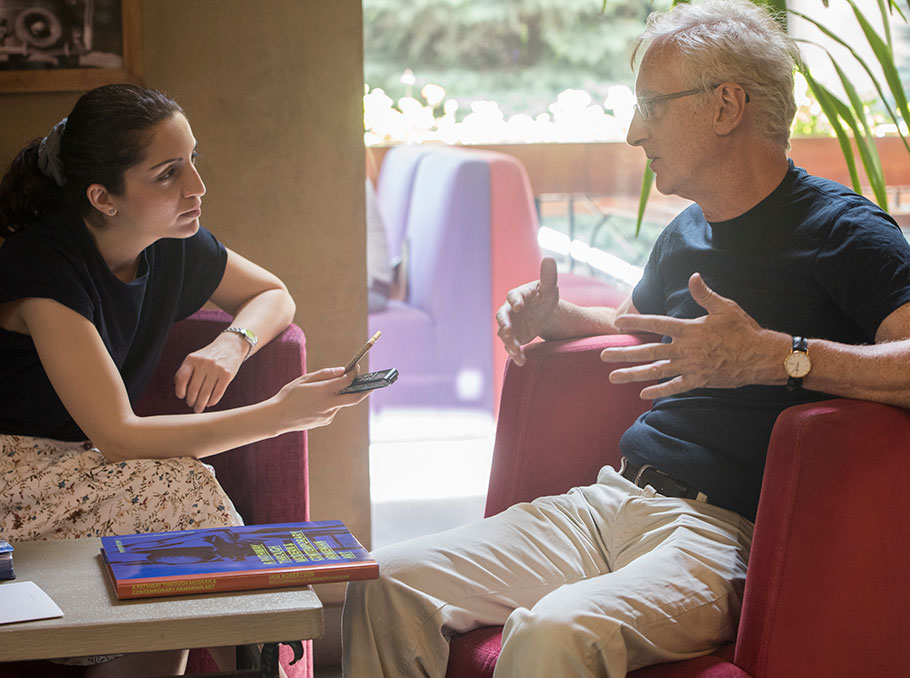

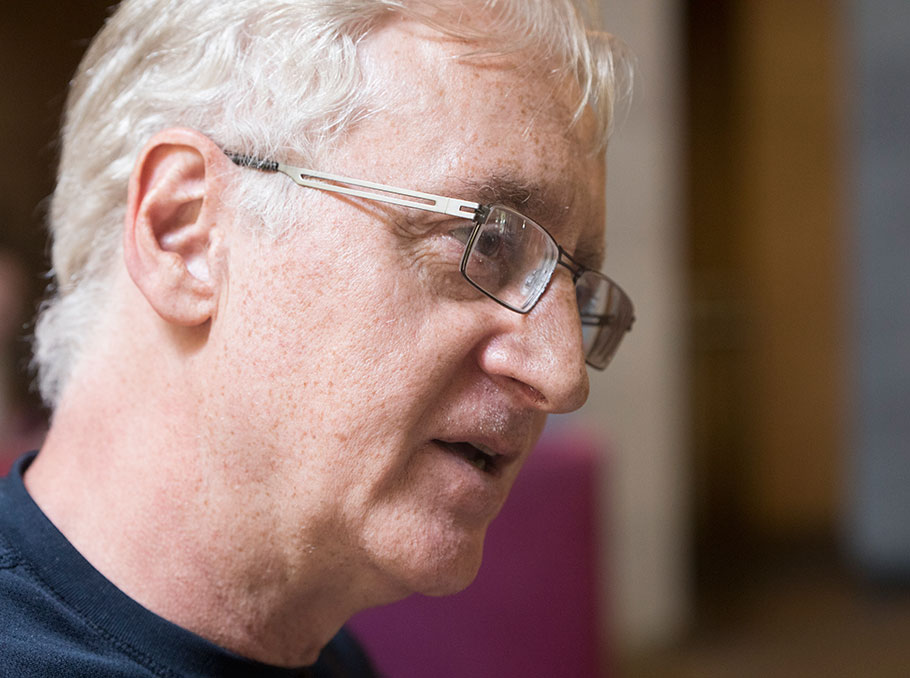

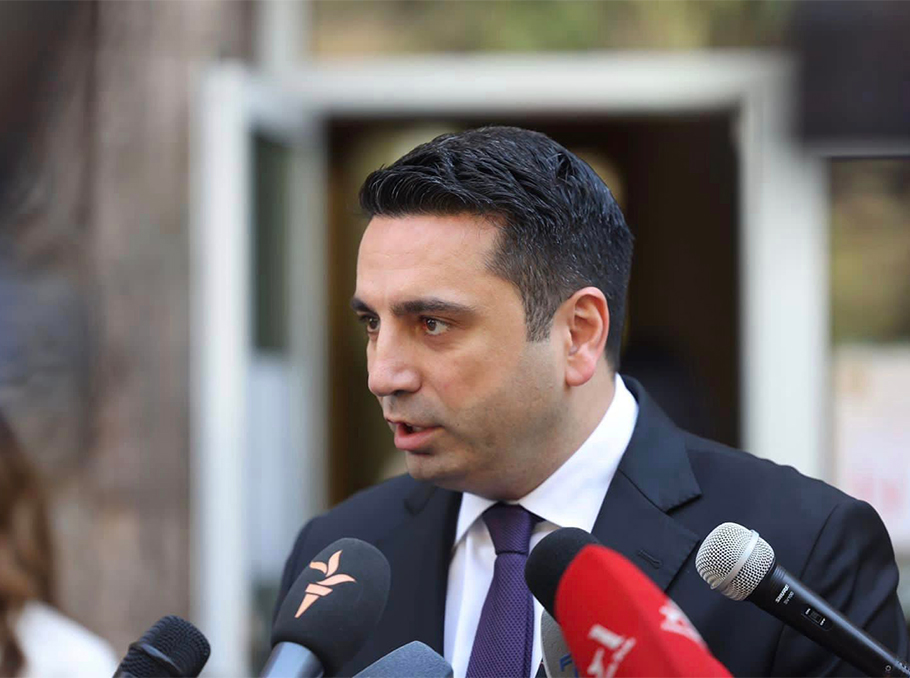
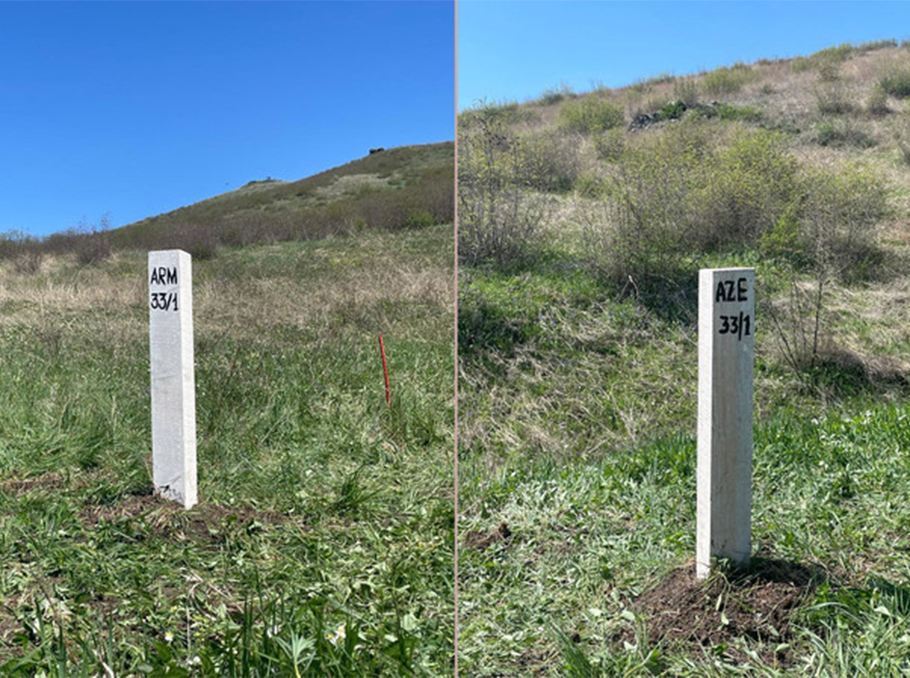
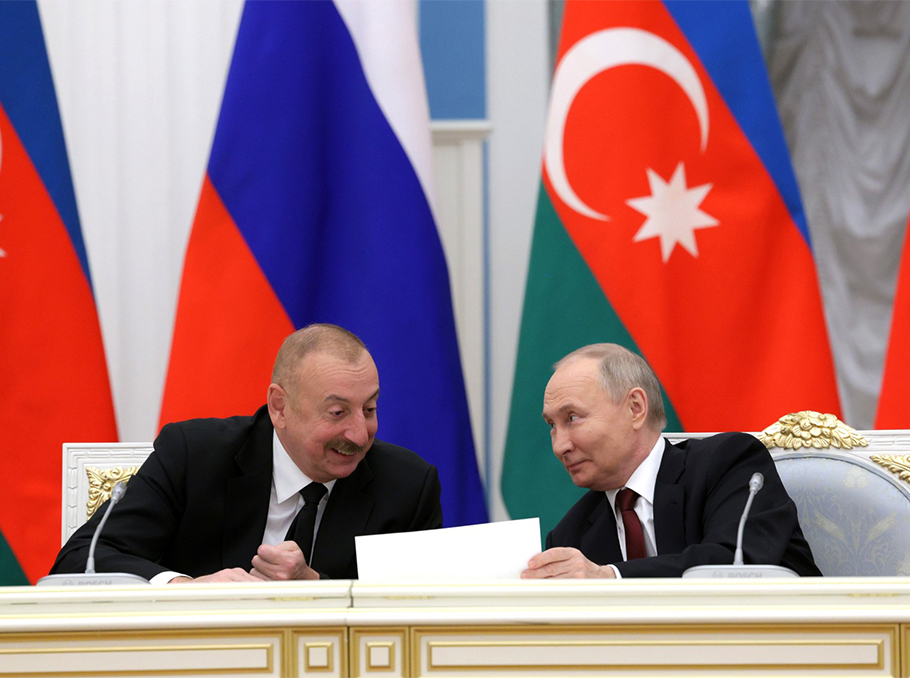





Comments
Dear visitors, You can place your opinion on the material using your Facebook account. Please, be polite and follow our simple rules: you are not allowed to make off - topic comments, place advertisements, use abusive and filthy language. The editorial staff reserves the right to moderate and delete comments in case of breach of the rules.